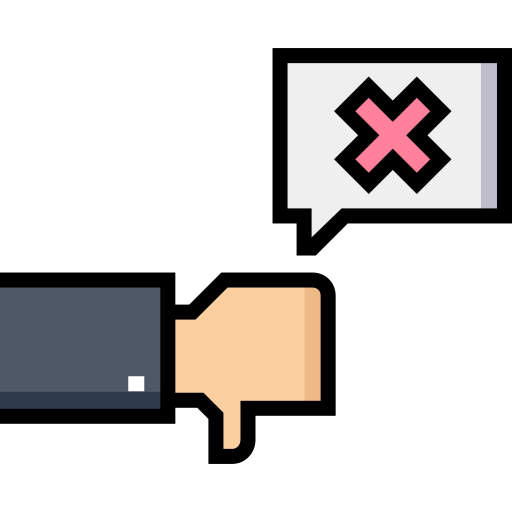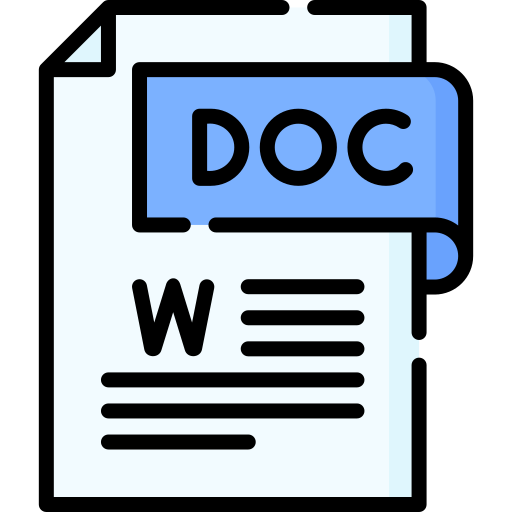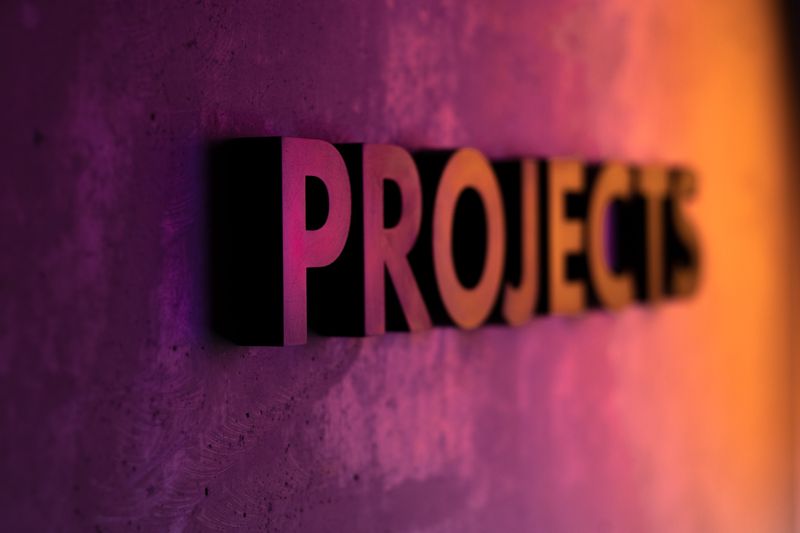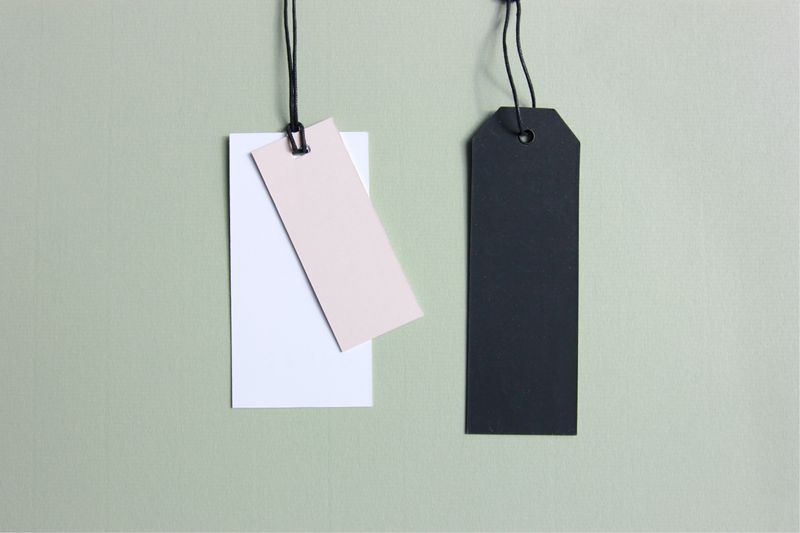Freelancers are independent contractors. They earn their wages based on a per-job or per-task basis. These assignments are usually short-term work assignments.
Being a freelancer has its benefits, such as working from home, flexible work schedules, and a better work/life balance.
 Photo by Windows on Unsplash
Photo by Windows on UnsplashFreelancers must set their prices for the work they do. Since freelance work is so varied, how do you price your service?
Here are 6 popular ways you can price your freelancing work!
1. By the Hour
Hourly rates are the most common billing method, especially if you're a beginner freelancer.
 Photo by Dmytro Demidko on Unsplash
Photo by Dmytro Demidko on UnsplashCharging by the hour means the rate or dollar or pound amount you charge for each hour of work you complete. Think of it as trading your time for a client's money. You'll set the price for the work you'll do!
 Choosing Your Hourly Rate
Choosing Your Hourly Rate
Research hourly rates for the work you'll do
Tally your expenses including living costs and equipment
Factor in taxes and other required fees
Consider the time you'll spend on the work
Appraise the value of your service or product
Consider your client's budget restraints and their project goals
A good starting hourly rate is $30 per hour. Once established as a freelancer, you should consider raising your rate accordingly.
 Keeping Track of Your Time
Keeping Track of Your Time
When charging by the hour, you'll need some way to track the projects you're currently working on and the projects you've invoiced. Some ways to do this include:
2. By the Day
If keeping track of all the hours and minutes spent on a project makes you woozy, consider setting a daily rate.

A daily rate is the amount you set for a full day's work — usually 6-8 hours as a typical day. There are some pros and cons to consider when setting daily rates.
 Pros
Pros
Focus more on the task being completed
Simple and predictable calculations
May be able to charge a higher rate
Create easier and more accurate estimates
Differentiates you from the competition
 Cons
Cons
Can only bill a maximum of 365 days per year, which limits earning potential
Unethical billing may occur if the job takes less than a day
Billing or scheduling problems may arise if the project takes longer than expected
3. By the Word
If you have a freelance business involving words, such as a content writer, you might consider charging by the word.
 Photo by Glen Carrie on Unsplash
Photo by Glen Carrie on UnsplashWhen charging by the word, you're compensated by the length of the work you will do.
The downside to this might be a project that takes a long time to do but has few words. For example, blogs or social media posts that have smaller word counts but more elaborate subject materials.
 How Much to Charge
How Much to Charge
Average price per word for freelance writers:
Beginner: $0.05-$0.10 per word
Intermediate: $0.30-$0.50 per word
Advanced: $1-$1.50 per word
To calculate your per-word rate: take the dollar rate you'll charge for the whole article and divide it by the number of words in the article.
Example:
You charge $100 for a 1000-word article
100/1000 = 0.10
If you charge $100 for a 1000-word article, your per-word rate is $0.10.
Quiz
Royes has been offered a project by a returning client. The project will be updating and rewriting the company’s blog. The blog will be 250 words. Royes is an advance blog writer. How much could he earn from this project if he prices by the hour?
4. By the Project
If you're an experienced freelancer, work quickly, and are confident in your abilities, you may want to charge per project.
 Photo by Octavian Dan on Unsplash
Photo by Octavian Dan on UnsplashBy charging based on the project, you're binding the project's price to the client's end result, which is their main concern. You'll emphasize this as you price the project.
When charging by the project, you'll charge a lump sum or create a set price. One drawback to this is undercharging a project and losing money.

Set a Per-project Rate
Consider your experience, speed, and availability
Consider how long the project will take using a breakdown structure template
Use a formula: length of project x hourly rate + 20% for contingencies = project rate
5. By the Client
If you have repetitive work from clients, charging by the client might work best for you. Charging by the client is also known as a retainer package.
 Photo by Cytonn Photography on Unsplash
Photo by Cytonn Photography on UnsplashYou'll create a recurring monthly price or an annual cost for your services based on a set number of hours or a specific type of project that the client agrees to pay. This is your retainer and assures the client that you'll complete the project.
 Charging Per Client
Charging Per Client
Create a retainer agreement that secures your services to the client
Define the scope of the projects you'll complete
Consider how remaining or unused hours, if any, will be spent
6. By Your Added Value
The final type of freelance pricing deals with the value you add. This is known as value-based pricing. If you have many years of experience, this type of pricing may work best for you.
 Photo by Sorin Gheorghita on Unsplash
Photo by Sorin Gheorghita on UnsplashValue-based pricing is determined by the value of the outcome of the project you'll produce.
 Price Your Value
Price Your Value
How many years of experience do you have in the industry?
What results can you guarantee the client?
What is the value of the outcome of the project?
Take Action
Now that you've discovered different ways to price your freelance work, which one will you use?
 Photo by Angèle Kamp on Unsplash
Photo by Angèle Kamp on UnsplashRemember to:
Your feedback matters to us.
This Byte helped me better understand the topic.
